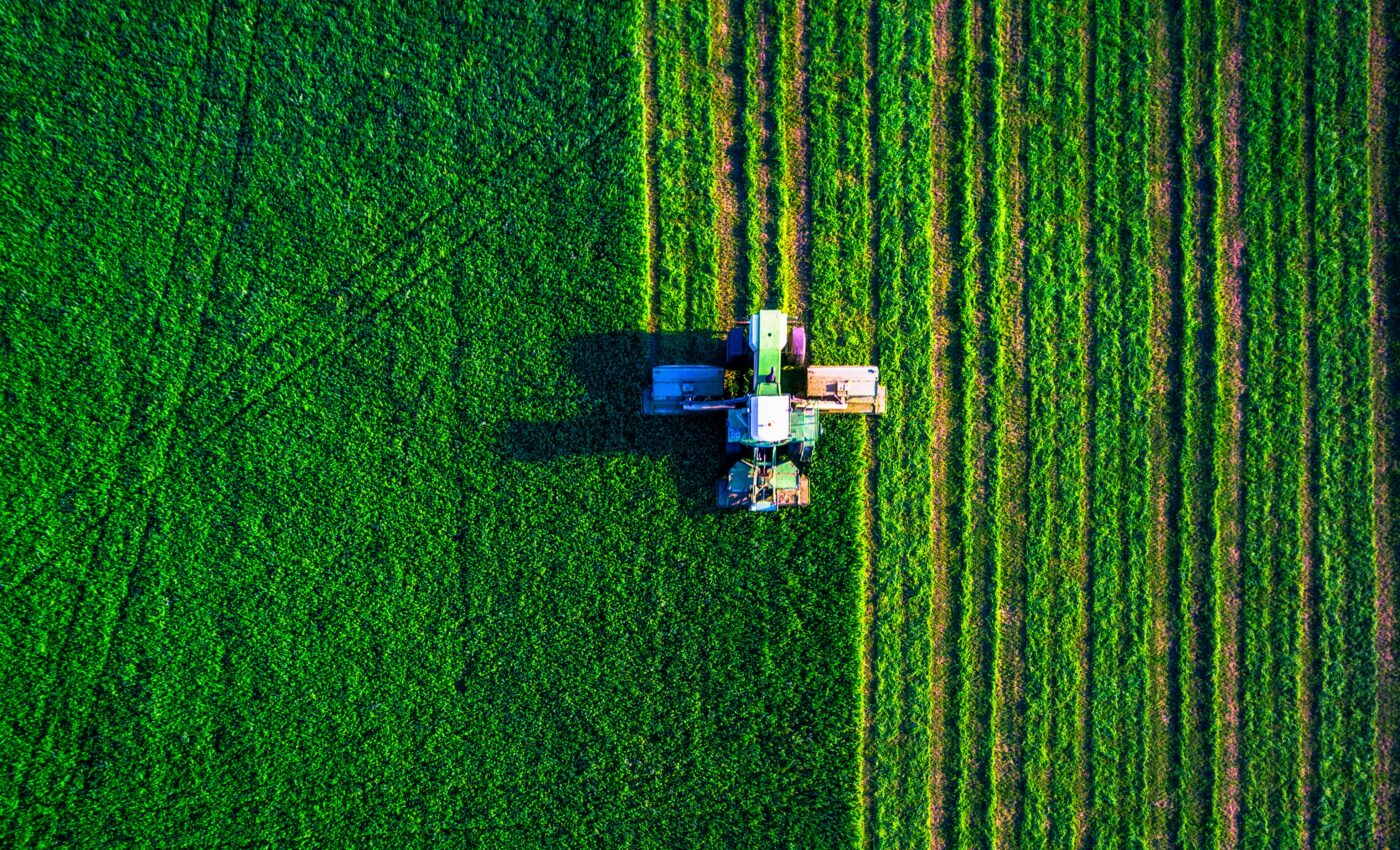
Could artificially intelligent machines take over food production?
With the world’s population continuing to increase exponentially, efficient food production will become more and more important. Past modernization of farming technology has achieved huge successes, but has come with certain unwelcome costs.
Looking to the future, widespread deployment of artificial intelligence (AI) in agriculture is both expected and potentially very valuable, but scientists warn that we need to learn from past experiences in order to minimize risks when turning to agricultural expert systems and intelligent machines.
Although it is possible to imagine fields of crops being farmed to feed masses of people, with all the decisions relating to tilling planting, watering, fertilizing and harvesting being made by machines programmed with artificial intelligence, the inherent risks are enormous. Imagine the potential for hacking into systems and disrupting the production of vital food supplies.
A new risk analysis, published in the journal Nature Machine Intelligence, warns that the future use of artificial intelligence in food production comes with substantial risks for farms, farmers and food security that are poorly understood and under-appreciated.
“The idea of intelligent machines running farms is not science fiction. Large companies are already pioneering the next generation of autonomous ag-bots and decision support systems that will replace humans in the field,” said study first author Dr. Asaf Tzachor of the University of Cambridge.
“But so far no-one seems to have asked the question ‘are there any risks associated with a rapid deployment of agricultural AI?’” he added.
In the past, modernization of farming technology has introduced new risks, such as loss of employment opportunities, introduction of new pests, degradation of biodiversity and increasing pollution. The introduction of extensive expert systems and autonomous machines could improve the working conditions of farmers, relieving them of manual, routine tasks, but they would need to be implemented in a responsible and sensitive manner, bearing in mind the local conditions.
For example, the widespread use of AI is likely to raise concerns around the potential effects on farmers’ work, identity, agency and ownership rights. There are also risks that large and small farmers would profit unequally, or would have unequal access to the technology. According to the authors of the risk analysis, small-scale farmers, who cultivate 475 million of approximately 570 million farms worldwide and feed large swaths of the so-called Global South, are particularly likely to be excluded from AI-related benefits.
There are already many examples of advanced and intelligent machines being used in large-scale agriculture. For example, ag-bots such as drones and sensors are used to gather information on crops and support farmers’ decision-making. They can detect the presence of diseases or insufficient irrigation. And self-driving combine harvesters can bring in a crop without the need for a human operator. This minimizes labor costs and can lead to increasing profit for farmers.
In their research, the authors have discussed a catalogue of risks that must be considered and dealt with if AI is to be responsibly developed for use in agriculture. They raise the alarm about cyber-attackers potentially causing disruption to commercial farms using AI, by poisoning datasets or by shutting down sprayers, autonomous drones, and robotic harvesters. To guard against this, they suggest that ‘white hat hackers’ help companies uncover any security failings during the developmental phase, so that systems can be safeguarded against real hackers.
They also warn against the inherent consequences of pursuing maximum crop yield at all costs. For example, an AI system programmed only to deliver the best crop yield in the short term might overuse fertilizers and ignore the environmental impact, or apply too much pesticide that would pollute soils and affect food chains. The authors suggest involving applied ecologists in the technology design process to ensure these scenarios are avoided.
With an estimated two billion people afflicted by food insecurity, including some 690 million malnourished and 340 million children suffering micronutrient deficiencies, artificial intelligence technologies and precision agriculture promise substantial benefits for food and nutritional security in the face of climate change and a growing global population. However, a balanced approach towards the use of these innovations must be practiced, risks must be assessed and there needs to be responsible research and development in order to mitigate against the potentially devastating risks.
“AI is being hailed as the way to revolutionize agriculture,” said study co-author Dr. Seán Ó hÉigeartaigh, Executive Director of CSER. “As we deploy this technology on a large scale, we should closely consider potential risks, and aim to mitigate those early on in the technology design,”
—
By Alison Bosman, Earth.com Staff Writer













